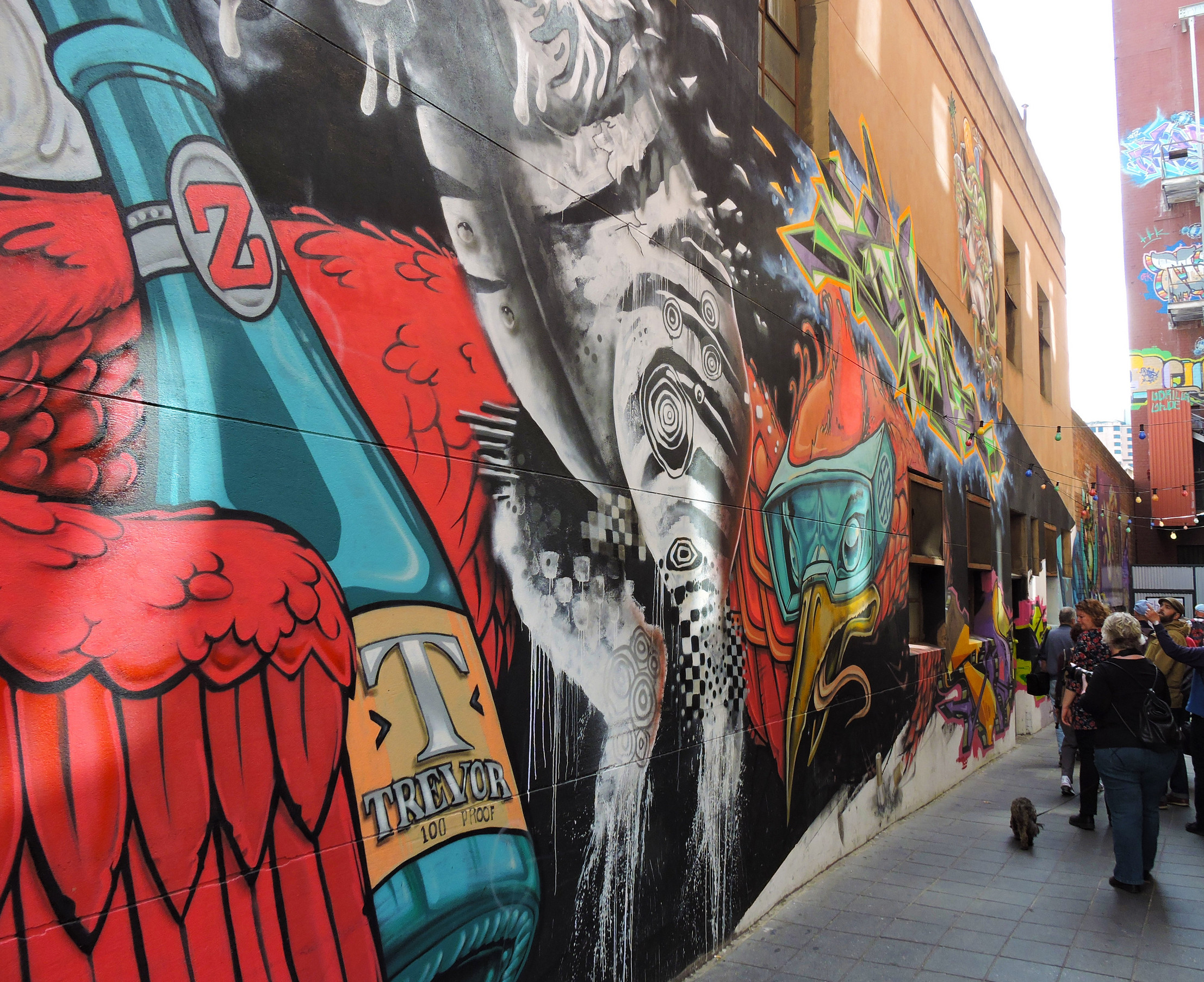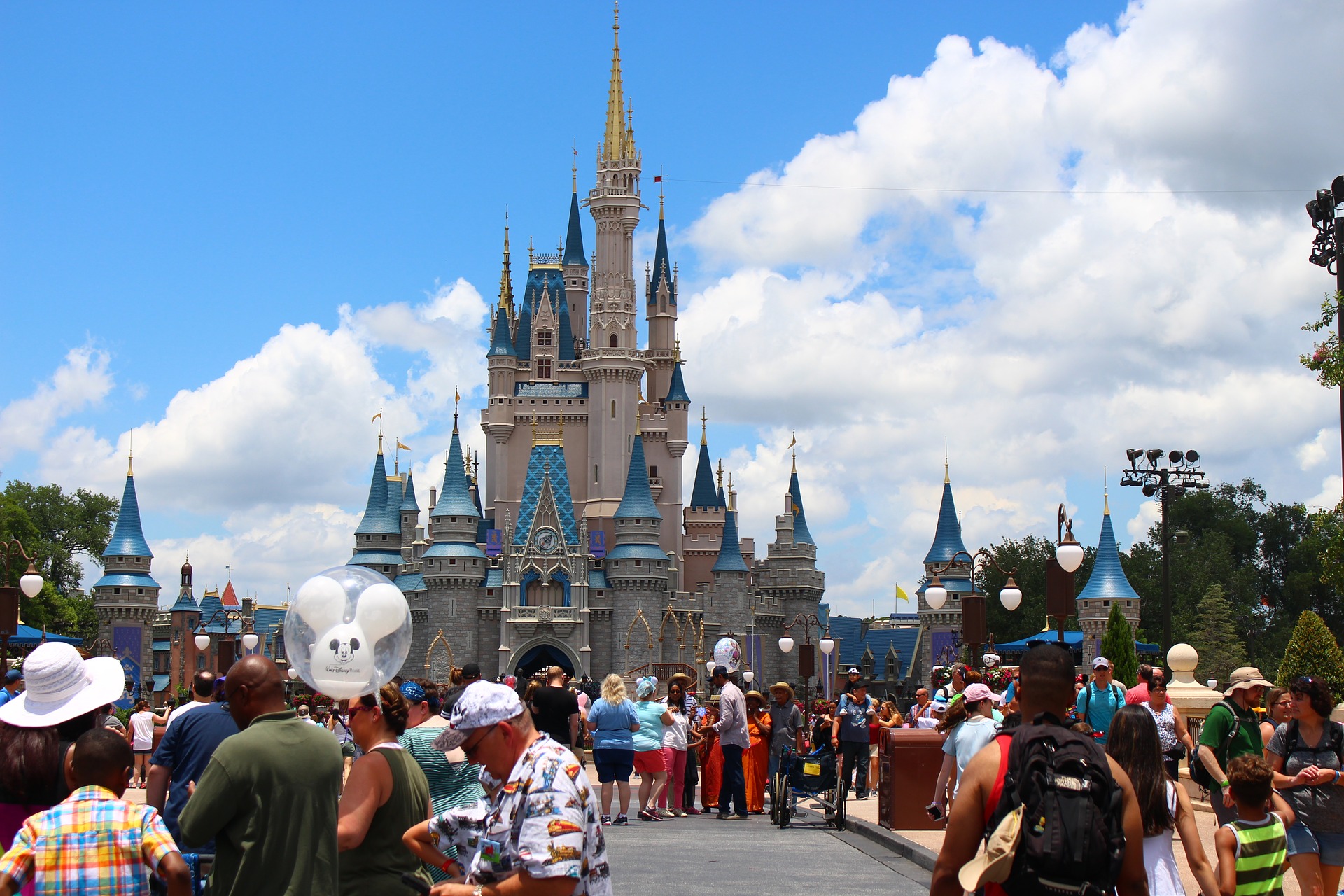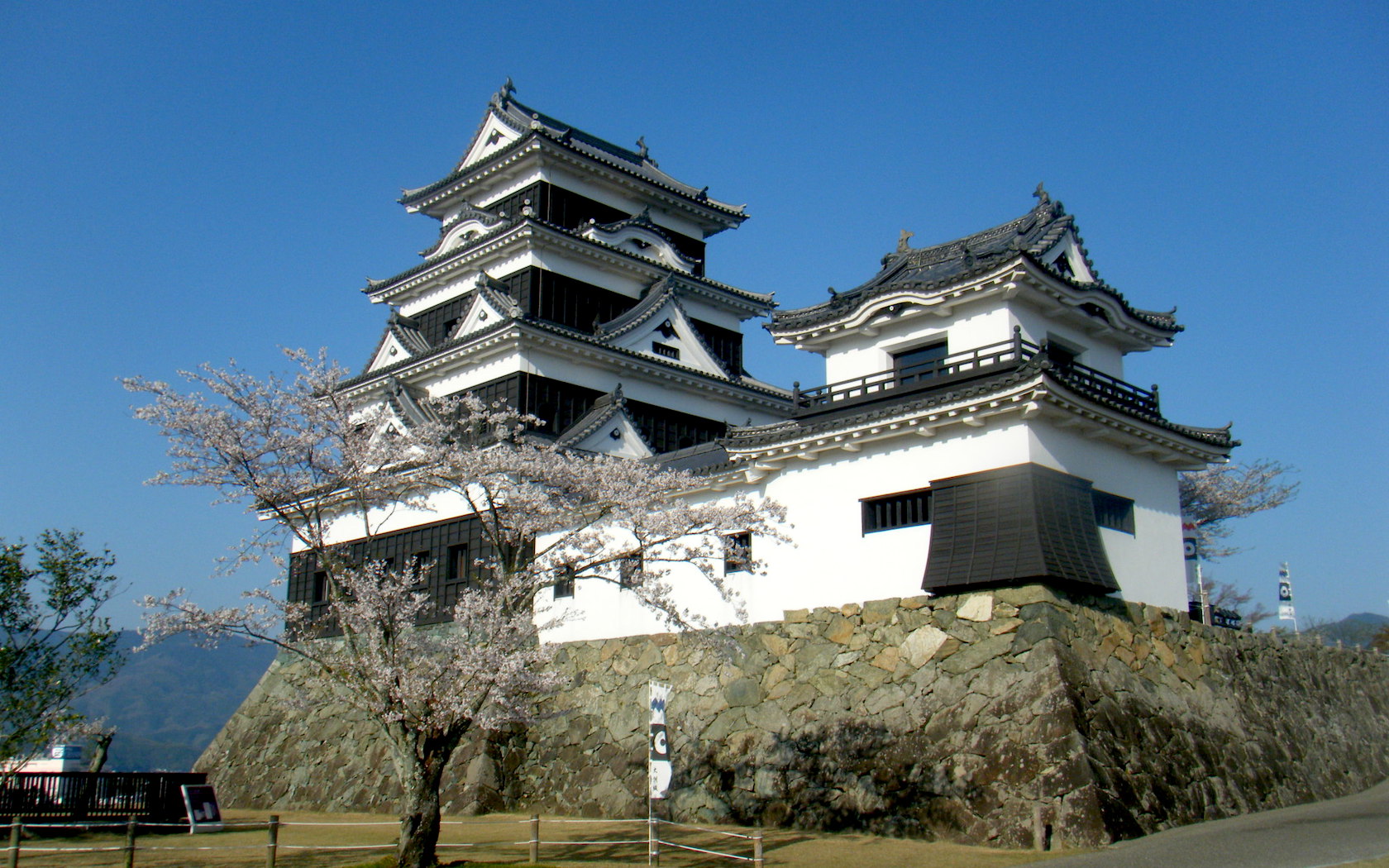10 Amazing Castles You Can Visit IRL
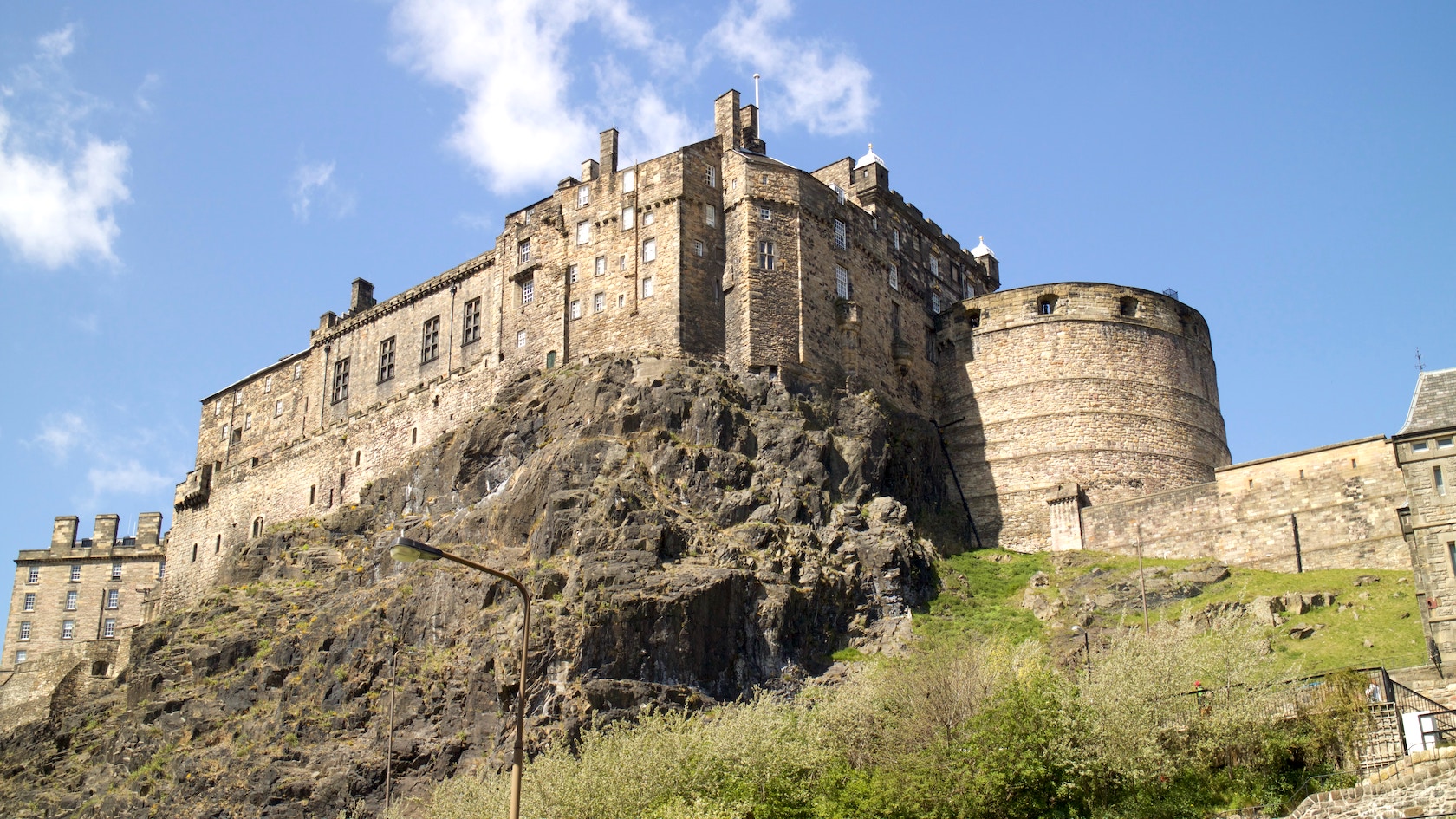
Enjoy world class service on Qantas, Australia Pacific's Best Airline 2014.
Jody has written for The Big Issue, Brisbane Times, and…
One of the things that makes an old-fashioned castle such a great place to visit is that it’s where royal families traditionally hid all the nicest stuff, and as well as being architectural wonders they still often contain art galleries and collections of relics that would be worth seeing no matter where they were. Castles are also fascinating for the way history is written in their changing walls, their purposes having changed over the centuries. Many of the world’s oldest castles have served as defensive garrisons, prisons, and palaces before becoming the grand tourist attractions they are today.
Here are ten worth checking out.
#1 Edinburgh Castle, Scotland
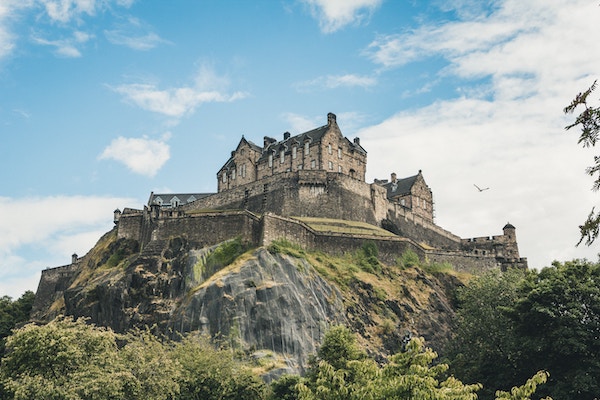
Scotland is heaven for castle fans, with Aberdeenshire alone boasting 300 of them – there’s a hike called Castle Trail which will take you past 18 different defensive fortresses in that one small region. Edinburgh Castle is of course the country’s most famous, home to the likes of Mary, Queen of Scots and Queen Margaret in times past.
Every year in August as part of the Edinburgh Festival the Royal Edinburgh Military Tattoo takes place here, with teams of military bands from around the world performing. Tickets sell out quickly so plan in advance. All year round you can enjoy Edinburgh Castle’s museums, whisky tastings, one o’clock guns and sights like one of several alleged Stones of Destiny as well as the Scottish Crown Jewels which have an interesting past – during World War II they were hidden under a toilet for safety, but now they’re on proud display for all to see.
#2 Mont Saint-Michel, France
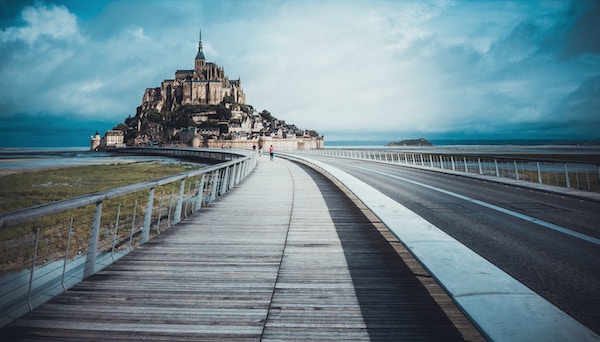
One of the most iconic locations in France, Mont Saint-Michel stands on a tidal island 600 metres from the coast of Lower Normandy. Invaders would only have a short window to attack from dry land, and that’s why, even with a small garrison, Mont Saint-Michel stood through the entire Hundred Years War. Its defences also made it difficult to escape from, and in later years it became an island prison.
#3 Neuschwanstein, Germany
The building of Neuschwanstein Castle was overseen by the reclusive King Ludwig II, who wanted its fairytale towers to be his retreat from the world. It remained his private getaway until his death in 1886, at which point it was opened to the public and has remained so ever since. To help it serve as a refuge, Neuschwanstein was placed on a rough hill overlooking an isolated village – but that doesn’t stop over a million people visiting it every year, with as many as 6000 tourists per day in the summer. Photos aren’t allowed inside, so you’ll have to see it for yourself.
#4 Sleeping Beauty’s Castle, Disneyland,USA
If you can’t make it to Germany to visit Neuschwanstein the next best thing is Sleeping Beauty’s Castle in Disneyland, which was inspired by its design. Though smaller in scale, clever use of forced perspective makes its pointed towers seem taller and more imposing than they really are. The drawbridge that guards its entry has only been lowered twice since its construction in 1955, but there is a small entry, easy to miss, that leads into a series of twisting passageways and winding staircases where the story of Sleeping Beauty is told in a series of 3D dioramas and frescoes. This year marks the 60th anniversary of Disneyland, so it’s the perfect time to visit and partake in the magic.
VISIT DISNEYLAND RESORT ANAHEIM WITH QANTAS
#5 The Fortress Walls of Seoul, South Korea
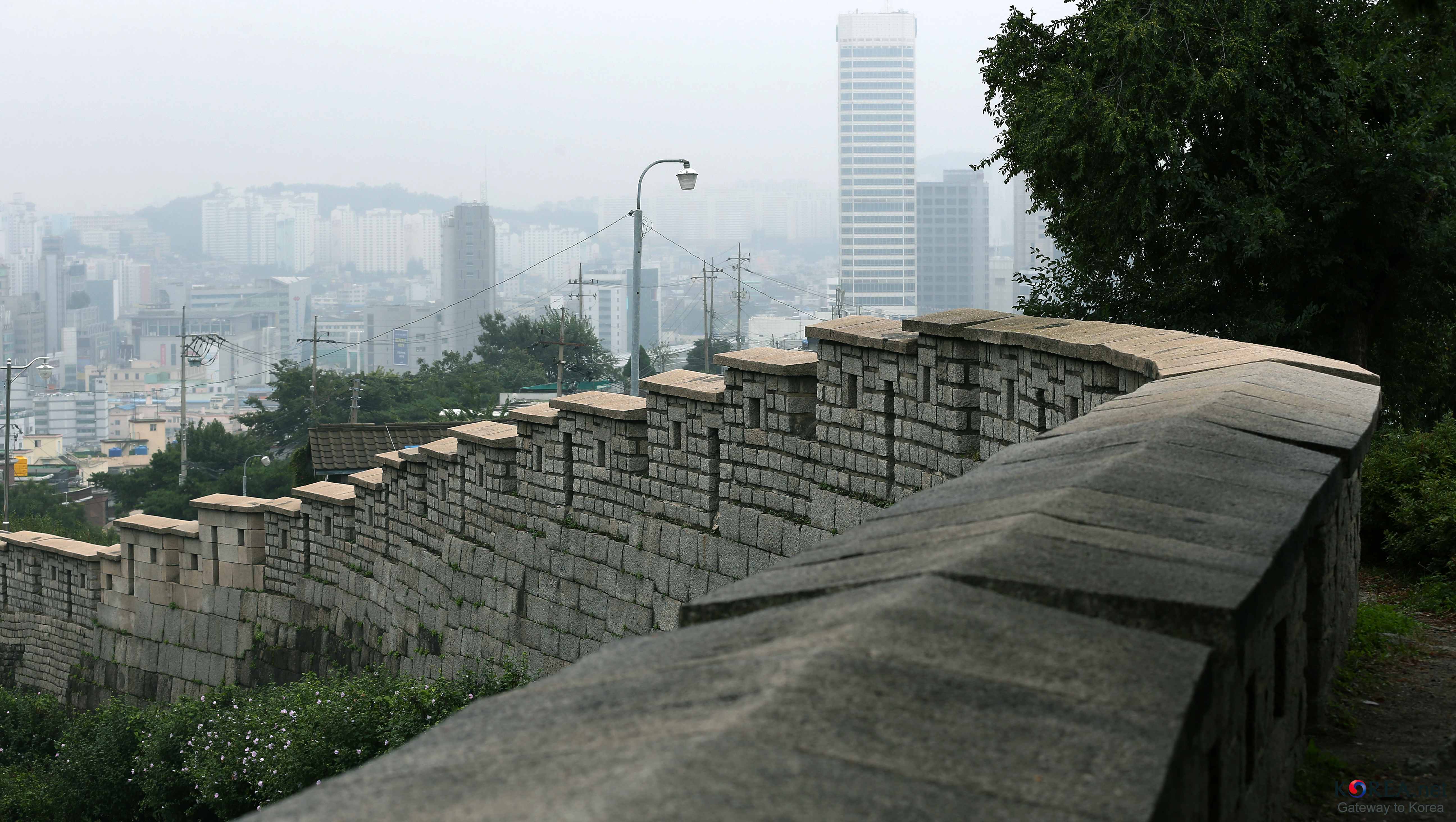
Seoul was once surrounded by high walls, which can still be seen in places like Namsan’s ramparts. Although some parts of the fortress walls were knocked down during the Japanese Colonial Period and others were removed as the city grew, other parts of the walls have also been rebuilt more recently, like those on the edges of Naksan Park. Two of the gate fortresses still stand and Dongdaemun, the East Gate, is now part of the fashion district, while Namdaemun, the South Gate, overlooks the largest traditional street market in Korea.
#6 Prague Castle, Czech Republic
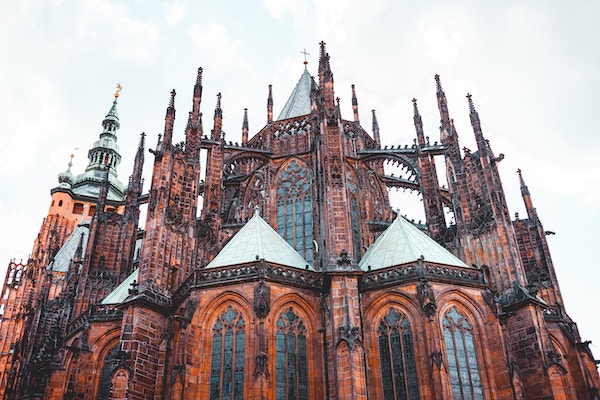
Parts of Prague Castle date back to 870 AD when it was the Church of the Virgin Mary. One of the most impressive parts is the gothic Saint Vitus Cathedral, much of which was constructed in the 14th century, although the highest tower was a later Renaissance addition designed in the baroque style popular at the time (you can climb it for an excellent view of the city).
Also in the cathedral you can see the tomb of Saint John of Nepomuk, made of pure silver, and the royal crypt underneath it. Although the Czech president lives in Prague Castle rather than a royal family nowadays, most of the massive building – the largest ancient castle in the world – is still open to tourists every morning from 5am.
#7 The Alhambra, Spain
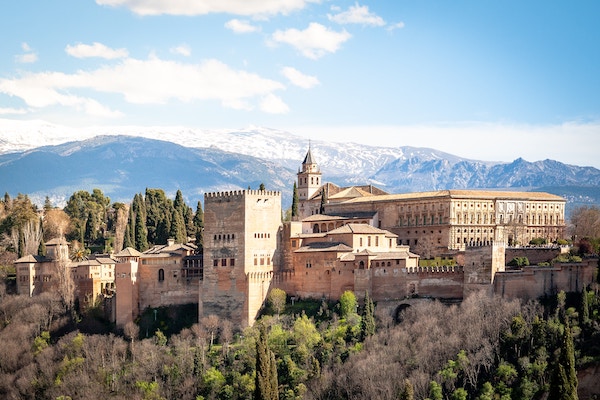
As with Prague Castle, history is told in the changing architectural styles of the Alhambra. The Palacio Nazaries was the royal palace of the Nasrid sultans and the last Muslim emirs in Spain, and it includes a Chamber of the Ambassadors (originally the throne room) with stucco walls covered in intricate carvings and a wooden ceiling studded with stars, as well as the Washington Irving Room where the author wrote his classic Tales Of The Alhambra.
The oldest part of the castle, the Alcazba, is what remains of a fortress from 889 AD. The Alcazba still has the best views of Granada, which has grown up the hillside towards it as the city expands.
#8 Windsor Castle, United Kingdom

The longest-occupied palace in Europe is Windsor Castle, which 39 kings and queens of the British Isles have stayed in. Currently the weekend home of Elizabeth II, the royal standard flies from the keep when she’s in residence. Originally a much more humble defensive fortification built in the motte-and-bailey style (the keep built on a raised earthworks surrounded by a courtyard and the traditional crenellated walls), Windsor Castle was extensively renovated in the 17th century by Charles II to compete with his cousin Louis XIV’s castle in Versailles.Even royalty have to keep up with the Jones’s.
#9 Himeji Castle, Japan
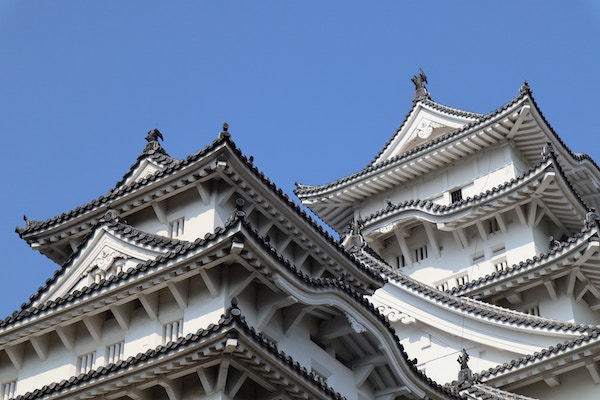
Japan’s iconic Himeji Castle is rare in that it’s never been damaged by warfare, not even during World War II, and so hasn’t been rebuilt since the start of the 17th century when it was expanded from a medium-sized fort to the five-storey castle it remains today. The huge main tower, which is 46.4 metres tall, and its three subsidiary towers are shaped like a heron – covered in the distinctive Japanese white plaster they give it the nickname “White Heron Castle”. It’s worth arriving first thing in the morning to beat the massive crowds. Himeji is 650 kilometres west of Tokyo, so it will take you four hours to get there by bullet train.
#10 Bran Castle AKA Dracula’s Castle, Romania
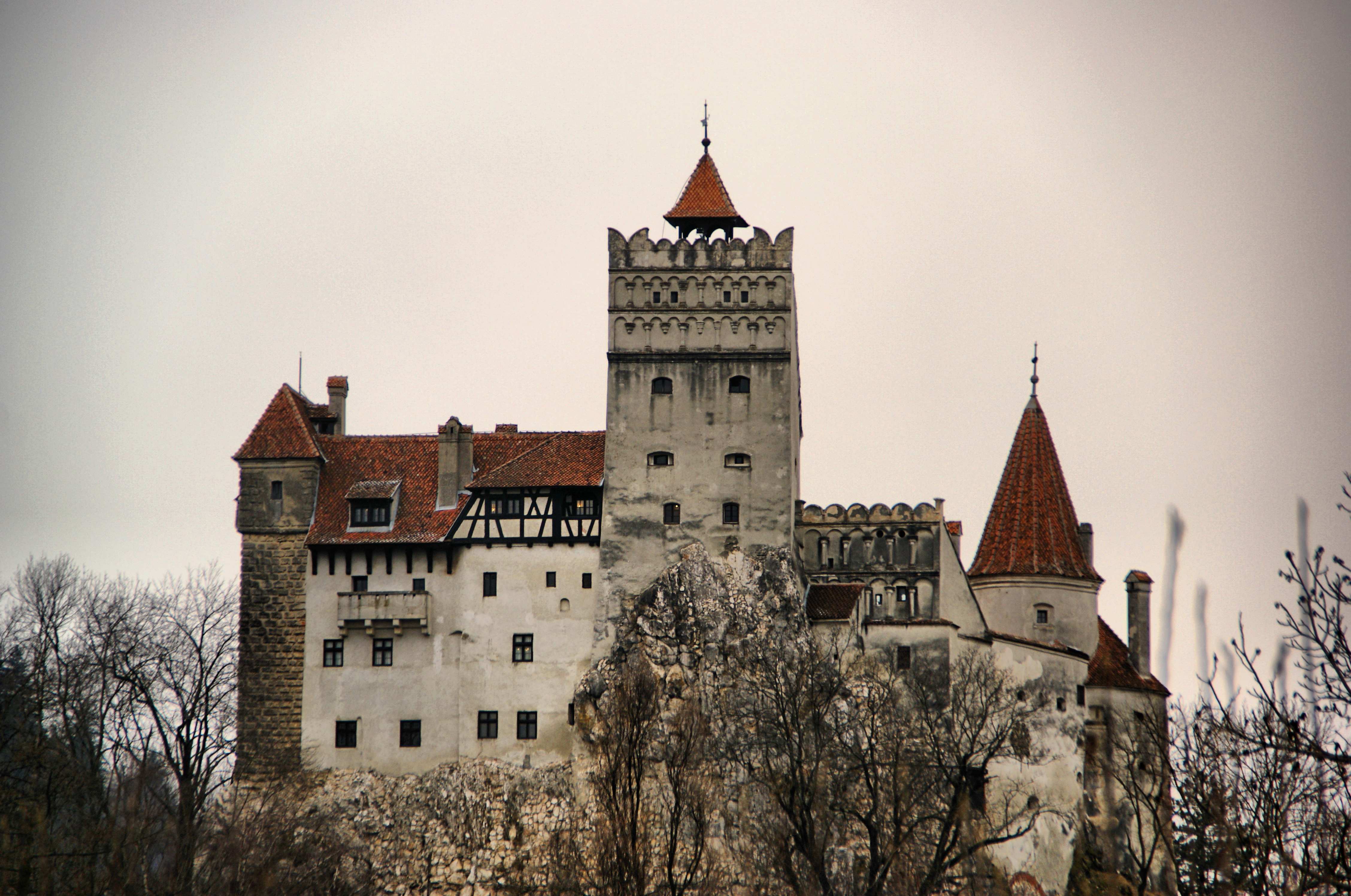
While Vlad “Dracula” Tepes (the inspiration for Bram Stoker’s fictional character) did exist, there’s no actual Castle Dracula in Transylvania. However, canny owners have rebranded the existing Bran Castle on the border of Transylvania and Wallachia, turning it into a kitschy tribute to the region’s most famous character – you can even buy a locally brewed Dracula Beer. The current owner, Archduke Dominic, is reportedly looking to sell if you’ve got a cool US$80 million and want to live out your vampire dreams.
(Lead Image: Edinburgh Castle, Igor Ferreira on Unsplash)
Jody has written for The Big Issue, Brisbane Times, and Rock Paper Shotgun. He is currently planning a trip to South Korea, where he will enjoy rich cultural traditions like K-pop and very fast wi-fi.


